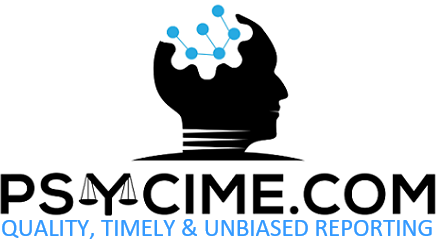
Checking for Conflict of Interest
Section 44 assessments are paid for and requested by the insurer. They always have a benefit in dispute. They are always requested through a third party assessment company and list very specific questions. These assessments are conducted to address any of the following benefits: Minor Injury Guideline, Medical and Rehabilitation Benefits, Income Replacement Benefits, Non-Earner Benefits, Post 104 Income Replacement Benefits and Catastrophic Impairment Determination.
Section 25 assessments are paid for by the insurer but conducted on behalf of the claimant. They are usually requested through a legal representative or a third party assessment company. You can usually recognize it is not a section 44 assessment because the insurer is not listed on the referral page and there are often no specific referral questions. These assessments are also conducted to provide an opinion regarding the following benefits: Minor Injury Guideline, Medical and Rehabilitation Benefits, Income Replacement Benefits, Non-Earner Benefits, Post 104 Income Replacement Benefits and Catastrophic Impairment Determination.
Medical and Legal/Tort assessments are paid for by the claimant/legal representative. They are often requested through a third-party assessment company, but can also be requested directly from the legal representative. They are conducted for a variety of reasons and include very specific questions usually in a Letter of Direction provided by the legal representative. They may ask questions about the benefits listed in the Section 44 and Section 25 assessments, but they can also ask additional questions that are not related to any benefits in question.
Conflict of Interest Check
It is very important that you do not assess someone for a Section 44 assessment and then provide treatment or assess them for Section 25, Medical Legal or Tort assessments. When you provide an assessment under Section 44 you are acting on behalf of the insurance company. It is then considered a conflict of interest to act on the behalf of the claimant in a separate assessment.
It is very important that you do not assess someone for a Section 25 assessment and then assessment them for a Section 44 assessment. When you provide an assessment under Section 25 you are acting on behalf of the claimant. It is then considered a conflict of interest to act on the behalf of the insurer in a separate assessment.
In some cases it is acceptable to assess someone for Section 25 and then also assess them for a Med Legal or Tort claim. It is important to inform the referral source that you have previously assessed the person and what the assessment was conducted for. This will allow the referral source to determine if a conflict of interest does or does not exist.
Recommended Procedure:
- When accepting the referral ask for the examinee’s first and last name and date of birth.
- Check the records for the assessing psychiatrist to find any matches between the name and date of birth for previous assessments or treatment provided.
- If there is a match, determine if the assessment or treatment was provided through the same referral source or a different referral source.
- If the assessment or treatment was provided through the same referral source for the same type of assessment, then there is no conflict of interest. Proceed with confirming the assessment booking.
- If the assessment or treatment was provided through a different referral source you MUST inform the new referral source immediately and provide limited details regarding the previous assessment or treatment. The referral source can determine if there is a conflict of interest or if you can proceed with the assessment.
- Number 5 is not relevant if you have determined the examinee was assessed under Section 25 and a Section 44 assessment being requested or if they were previously assessed under Section 44 and treatment or a Med Legal or a Section 25 assessment is being requested. In those cases, inform the referral source immediately that the examinee has been previously assessed for Med Legal/Section 25/provided with Treatment and decline the referral. As a section 44 assessment is conducted on behalf of the insurer any assessments or treatments on behalf of the claimant are considered a direct conflict of interest. If, at the time of the assessment it has been determined that a COI exists it is always better to cancel the assessment and reschedule once it has been determined that COI has been waived by the insurer. The rules for assessments and production of reports is much stricter for Section 44 assessments than for Med Legal or Section 25 assessments as the insurer must be answerable to the Financial Services Commission of Ontario (FSCO) and to the License and Appeal Tribunal (LAT). The actions conducted during a Section 44 assessment directly affect the benefits paid to the insured and they therefore must be held to a higher standard than the procedures for assessments that are conducted on behalf of the claimant.
